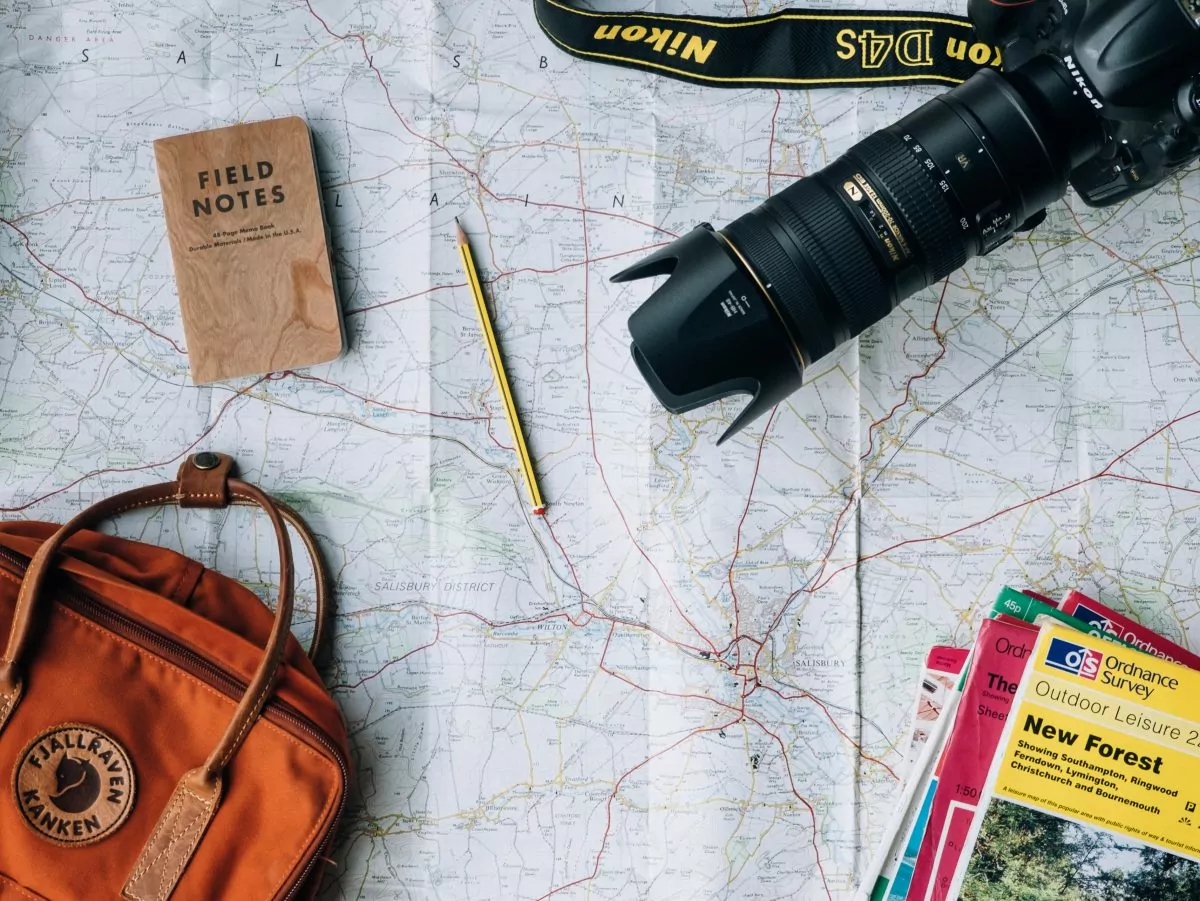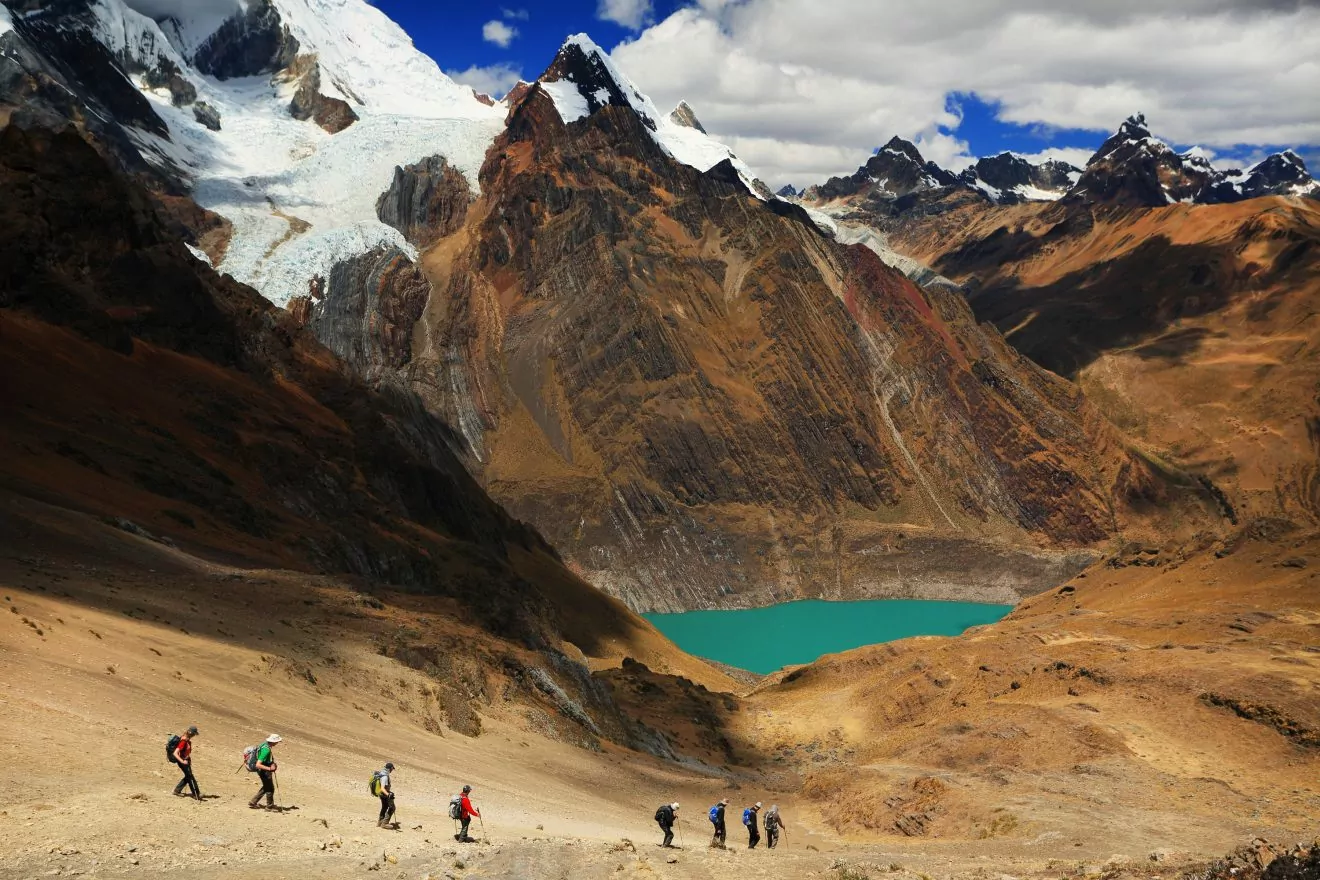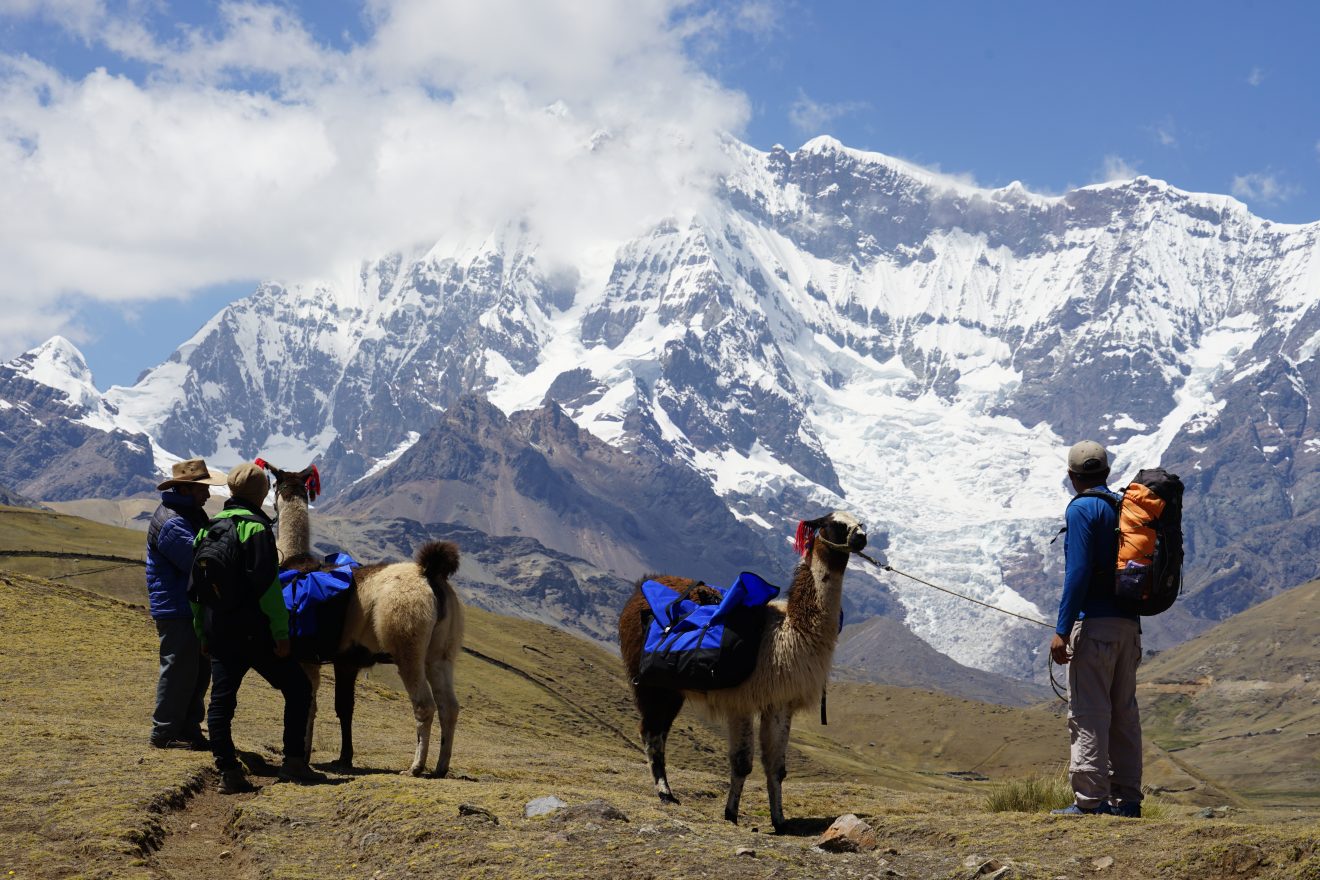The Ultimate Guide to Sustainable Adventure Travel

Adventure travel extends an invitation to some of our planet’s most remarkable places. Whether you’re trekking through Patagonia, rafting the Grand Canyon, or snorkeling in Raja Ampat, outdoor adventures allow you to step outside of your comfort zones, face new challenges, and experience different cultures, all while exploring unique regions around the globe.
In 2018, the adventure travel industry was valued at $586 billion. Now, in a post-Covid, adventure-hungry world, these already colossal numbers are only expected to rise. Due to the industry’s massive size, the practices of adventure travel companies impact the ecosystems in which they operate and, collectively, the planet as a whole. So, their commitment to sustainability is vital to ensure we can travel for generations to come.
When companies operate responsibly, sustainability and adventure travel go hand in hand. While other forms of travel focus on tangible possessions and consumer experiences, the magic of adventuring outdoors lies in the euphoric feeling of reaching the top of a mountain, falling asleep to a star-lit sky, or waking up to an awe-inspiring sunrise.
Also, adventure travel often involves physical exertion and any adventurer will agree that you’re better off if you only take the necessities. Traveling light (and leaving behind the excess) is part of what makes adventure travel a natural choice when it comes to sustainable travel.
When you’re hiking, rafting, skiing, or ziplining, the natural world serves as a backdrop and playground. So, it only makes sense that adventure travel companies should want to take care of the places where they travel, right? Next time you book a trip, remember: your adventure guide is profiting off of these sacred places. Make sure the relationship is symbiotic.
Travel Responsibly with Wildland Trekking
What Should I Look for in a Sustainable Adventure Travel Company?

For many, the first thought that arises when considering sustainability is protecting the environment. Yet, while the physical environment is a significant component of sustainability, social and economic factors are also major pieces of the pie. For a trip to be considered sustainable, the company must account for the current (and future!) environmental, social, and economic impacts that the trip will have on local communities, travelers, and the world at large.
However, not all adventure travel is created equal, and while some companies strive to incorporate sustainability at every level, others don’t consider it all. So whether you’re a seasoned traveler or a new adventurer booking your first trip, here are five things to look for in an adventure travel company to ensure your next adventure is a sustainable one.
1. Contributes to Local & Global Conservation Efforts
When you hire an adventure travel company, your dollars are supporting their business model. So wouldn’t you rather travel with a company that advances conservation efforts? Look for a guiding company that invests time and/or monetary resources into local and global land and wildlife conservation projects.
A good rule of thumb? If a company offers a trip to a region of the world, they should contribute to the health and wellbeing of that region’s natural resources and wildlife. They may donate a portion of their proceeds to organizations and causes, or they may make annual donations. The most responsible companies will go the extra mile and offer optional donations to relevant organizations at checkout.
2. Implements Strategies to Reduce/Eliminate Waste
As any adventurer knows, a great deal of planning goes into any trip, but especially those trips that take you off the grid. From meals to equipment to first aid, all of these factors can rack up a ton of waste. Unfortunately, it’s not uncommon for some of that waste to get left behind in the outdoors. To avoid this, responsible companies weave sustainable measures into their trip itineraries. You can see this in practices such as using reusable goods (dishes, bottles, and cutlery) and supplying buffet-style meals, which negate the need for excess packaging. Finding an adventure company that has a waste reduction plan helps protect the places we visit and contributes to the health of the ecosystem and local communities.
3. Strives to Minimize Ecological Footprint
It’s impossible to travel without using natural resources. But, adventure travel companies can take steps to minimize the degree of the impact. “Ecological footprint,” a concept used to calculate the effect that our actions have on the environment, includes the natural resources used and emissions that come as a result of our actions. We each have an individual ecological footprint, but companies also have their own.
While a certain degree of environmental toll is unavoidable, there are several ways that responsible adventure travel companies work to curb the impact. One way is traveling with smaller group sizes. The “right” size depends on the activities and region, but look for companies that cap groups at around 15 people. This greatly reduces the toll on the environment while also keeping trips intimate. Another way that some adventure travel companies reduce impact is by offering trips that are human-powered. This means that rather than relying on the excessive use of planes, trains, and automobiles, trips require human exertion (hiking, biking, skiing, etc.) to arrive at destinations. Whether it’s these exact measures or others, one crucial key to sustainable adventure travel is finding a company that is aware of its footprint and committed to shrinking it.
4. Directly Supports Local Economies
Adventure travel often takes place in remote areas and can substantially impact local communities. Depending on a travel company’s policies, this impact can be positive or negative. Therefore, it’s so important to find an adventure travel company that supports, respects, and prioritizes the economic health of local communities. You may see companies employing or collaborating with local guides, contributing to human rights initiatives, or simply donating a portion of profits to local charities and organizations.
Many of our world’s most impressive natural destinations are also sacred grounds with cultural significance. Tourism to these areas brings income to the local communities so by choosing to travel with a company that respects local cultures and economies, we can do our part to protect these sacred places and the livelihoods that rely on them.
5. Has a Long-Term Sustainability Plan
The most responsible companies understand that while their trips are temporary, they have the potential to affect communities and ecosystems for the long term. When checking out adventure travel companies, keep an eye out for sustainable measures that consider their lasting impact. These practices include striving to achieve total carbon neutrality, establishing foundations, or creating long-term sustainability agendas. Companies that have plans to improve the health of the environment and communities for the long haul show that they care about people and the planet more than their bottom line.
Adventure Travel Trends to Avoid
So, while the above are great sustainable considerations when booking your next travel adventure, be on the lookout for these not so eco-friendly travel trends that are popular today:
- Unsafe or Inhumane Animal Interactions. Unfortunately, animal encounters are popular with tourists looking to get that insta-worthy photo op. To enhance revenue, some companies encourage approaching, petting, feeding, or otherwise interacting with wildlife. The experience of observing wildlife in their natural habitat is sacred, but viewing wildlife should be exactly that — viewing.
- Private Jet Experiences. Costing anywhere upwards of $20,000, these experiences are hardly accessible to most travelers. However, jetting around the world to remote destinations is anything but sustainable.
- Cruise Ships. While popular with couples and families, cruise ships remain one of least eco-friendly ways to see the world. Many cruise lines have started to promise “green cruising” measures, yet most cruise ships still fall seriously short when it comes to air and water pollution, recycling measures, and sewage treatment.
Sustainable Adventure Travel: Before You Book

Wherever you are on your adventure travel journey, kudos to you for looking to bring a little more sustainability into your next trip! Before booking your adventure, be sure to use the above guidelines to see where a company stands on sustainability. If a company doesn’t mention sustainability or responsible travel on their website, you might want to think twice about booking. This land was here long before us and will be here long after us, and we have a choice when it comes to what impact we want to make. Let it be a good one!




